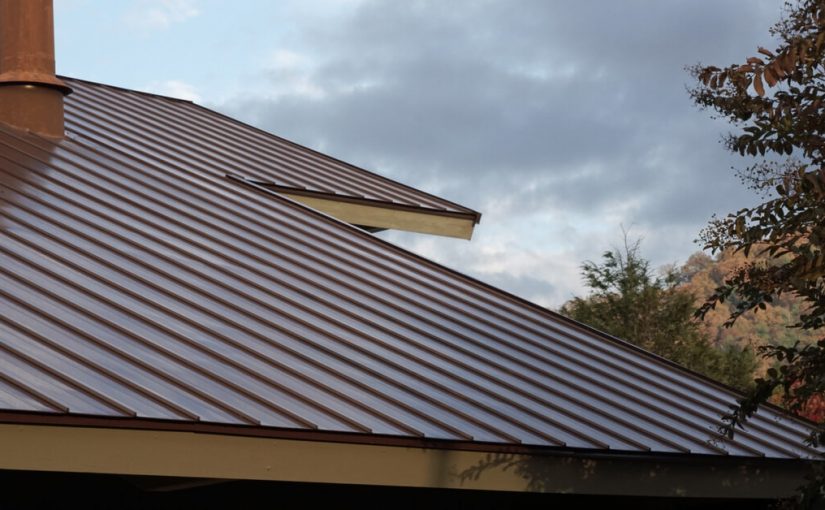(5-min read)
Whether you’re buying or building a new house, the roof is one of the more costly upgrades you can make for your home. Still, choosing the right material can mean a roof that will last for decades or one that may give you headaches in just a few years. Let’s compare the pros, cons, and lifespan of different roof materials.
BUR – Built-Up Roof Material
For ultimate protection against the elements, built-up roofing (BUR) is a favorite. Even though it offers maximum protection, the installation of fiberglass layers and hot tar makes applying a BUR roof a hot, messy, stinky process. Still, the unpleasant installation may less of an issue when one considers that this material of roofing can last 20-30 years at the cost of around $8,000 for a $2,000 square foot roof. Still, due to the nature of the installation and the material, a BUR roof isn’t recommended for homes with any significant slope.
Asphalt Roll Roof
A popular choice, an asphalt roll roof is comprised of large rolled sections of a similar material that is used in asphalt roofing shingles. This material is installed in overlapping sections on rooftops of a predominantly flat pitch. Because of its relatively simple installation, this style of roof is popular among do-it-yourself homeowners or home flippers. For its ease of installation, it’s lifespan is another story — about 5-10 years depending on how it is treated. For a 2,000 square foot house, this equals roughly $4,500 every 5-10 years.
Cement or Clay Tile Roof Materials
Extremely durable, cement or clay tile roofs are a favorite for their longevity — which can run over 100 years if properly maintained. They can be known to crack, but those tiles can be replaced. These roofing materials do require a significantly supportive home frame to function properly due to their weight. For the cost of installation for a 2,000 square foot home, prices could run upwards of $44,000.
Compositive Asphalt Shingle Roof Material
Probably the most popular roofing material has to be composite asphalt shingle roofs. Even though professional installation for a 2,000 square foot home can run $11,000 or more, this only needs to be done every 15 to 40 years depending on weather conditions. Some of these roofs come with impressive warranties that also make them a lucrative buy.
Wood Shingle Roofs
A wood shingle roof is precisely what it sounds like — a roof made of thinly sliced pieces of natural wood. While attractive, they require a great deal of craftsmanship to install. They have also been deemed such a unique fire hazard that they are not legal in some areas that are more prone to wildfires. These roofs last anywhere from 20-30 years, though some have been known to last 50 years if properly maintained. The cost for a 2,000 square foot home runs about $20,000. Thicker versions of these wood shingle roofs are also available that hold up better against the elements, but are more costly.
Metal Standing-Seam Roofs
As increased wildfires have threatened homes, metal roofs have grown in popularity in the last few years. These roofs are made from larger over-lapping metal panels — usually made of zinc, copper, steel, or aluminum. These roofs are virtually free of maintenance with proper installation short of periodically checking fasteners and seals. Because this roofing material is newly popular, its full lifespan isn’t fully realized. It is thought that it can last anywhere from 50-75 years — making it the last roof some homeowners will ever buy. The cost for one of these roofs averages about $22,000 for a steel panel roof on a 2,000 square foot house.
Slate Roofing Material
Among the more durable roofs are those of quarried slate material. These tiles of molded clay or cement contain quarried slate and are carefully installed by specialists. This style of roof is among the most expensive to install, but its full lifespan is not yet known. There are buildings dating back hundreds of years that still have functional slate roofs. The cost of installing a slate roof on a 2,000 square foot home averages about $66,000. Nevertheless, this may be the last roof that structure may ever need even over multiple generations.
There is a lot to consider when deciding on what roofing material to use for your home. For help making a decision, feel free to consult the custom home building specialists from Perry Hood Properties.



